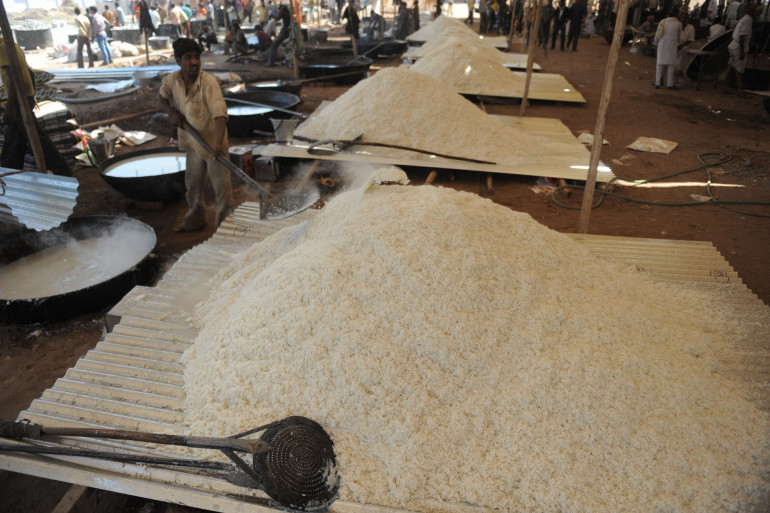 |
| Image-www.rtl.fr |
Rice may run out in the coming months. The decline in production raises fears of a reduction in the Syndicat de la Rizzerie française.
Are we heading towards a rice shortage in the coming months after mustard and oil? BFMTV revealed that Syndicat de la Rizzerie Française is issuing an alert on the supply risks weighing this product. According to Thierry Livin, president of Syndicat de la Rizzerie Française, “disruptions should be expected from February or March when the new crop arrives. If there is no complete disruption, there will be at least severe supply disruptions”.
Of the 240,000 tonnes consumed in France, only 50,000 tonnes are produced in France. Hence most of the rice procured in the country is imported. However, events suggest that production will drop significantly in the coming months. Major producers in India and Pakistan faced weather events disrupting their production along with heat waves and heavy rains. This would have destroyed 250,000 tonnes of rice as well as the infrastructure needed to transport this commodity.
Faced with these significant disadvantages, the two Asian countries have chosen to focus on their populations. Rice is a product that travels very little since 580,000 tonnes are produced, and only 50 million are exported. “We expect a 20 to 25% reduction in yields on community production”, indicates Thierry Lewin.
The fall in production will also have a profound effect on prices. Additionally, there are various factors that are driving inflation, such as rising costs of wheat and corn and rising energy prices. Customs duty on the import of brown rice has been increased from 30 to 65 Euro per tonne. Thierry Lewin explains: “When we import it is very expensive for us because we buy goods in dollars and resell them in euros”. In addition, the infrastructures are complicated to find. Thierry Lewin describes: “We still have a lot of trouble finding a sufficient quantity of containers”. Rice processors have faced a 30% increase in costs, while consumers have seen a 12% increase in prices on store shelves since September.